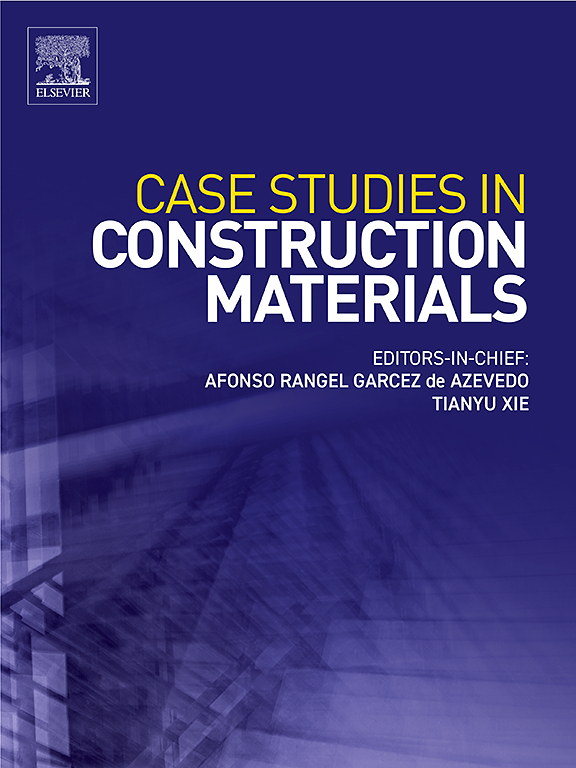核电站硼酸腐蚀混凝土性能退化试验与建模
IF 6.6
2区 工程技术
Q1 CONSTRUCTION & BUILDING TECHNOLOGY
引用次数: 0
摘要
乏燃料池中的含硼水不时泄漏,降低混凝土支撑结构的性能。因此,对硼酸环境下混凝土的降解特性进行全面的试验研究是十分必要的。本文旨在通过试验研究硼酸溶液浸泡混凝土的浸出深度、弹性模量和立方抗压强度。定量评价了浸出时间、硼酸浓度、温度和水胶比对混凝土浸出深度、弹性模量和立方抗压强度的影响。根据试验结果,导出了混凝土浸出深度、弹性模量和立方抗压强度的三个模型。这些模型的优点之一是,一旦测量了健康混凝土的弹性模量和立方抗压强度以及浸出深度,就可以评估硼酸影响混凝土的弹性模量和立方抗压强度。最后,用实验结果验证了三种模型的有效性。本文章由计算机程序翻译,如有差异,请以英文原文为准。
Experiment and modelling of performance degradation of boric acid-corroded concrete in nuclear power plants
Borated water leaks out of spent fuel pools from time to time and degrades the performance of concrete support structures. Therefore, a comprehensive experiment is essential for exploring the degradation characteristics of concrete located in a boric acid environment. The purpose of this paper is to investigate the leaching depth, elastic modulus, and cube compressive strength of concrete immersed in boric acid solutions through experiment. The effects of immersion time, boric acid concentration, temperature, and water/binder ratio on the leaching depth, elastic modulus, and cube compressive strength of concrete are evaluated in a quantitative manner. Based on the experimental results, three models for the leaching depth, elastic modulus, and cube compressive strength of concrete are derived. One of the advantages of these models is that once the elastic modulus and cube compressive strength of sound concrete and the leaching depth are measured, the elastic modulus and cube compressive strength of boric acid-affected concrete can be evaluated. Finally, the validity of the three models is verified with experimental results.
求助全文
通过发布文献求助,成功后即可免费获取论文全文。
去求助
来源期刊

Case Studies in Construction Materials
Multiple-
CiteScore
7.60
自引率
19.40%
发文量
842
审稿时长
63 days
期刊介绍:
Case Studies in Construction Materials provides a forum for the rapid publication of short, structured Case Studies on construction materials. In addition, the journal also publishes related Short Communications, Full length research article and Comprehensive review papers (by invitation).
The journal will provide an essential compendium of case studies for practicing engineers, designers, researchers and other practitioners who are interested in all aspects construction materials. The journal will publish new and novel case studies, but will also provide a forum for the publication of high quality descriptions of classic construction material problems and solutions.
 求助内容:
求助内容: 应助结果提醒方式:
应助结果提醒方式:


